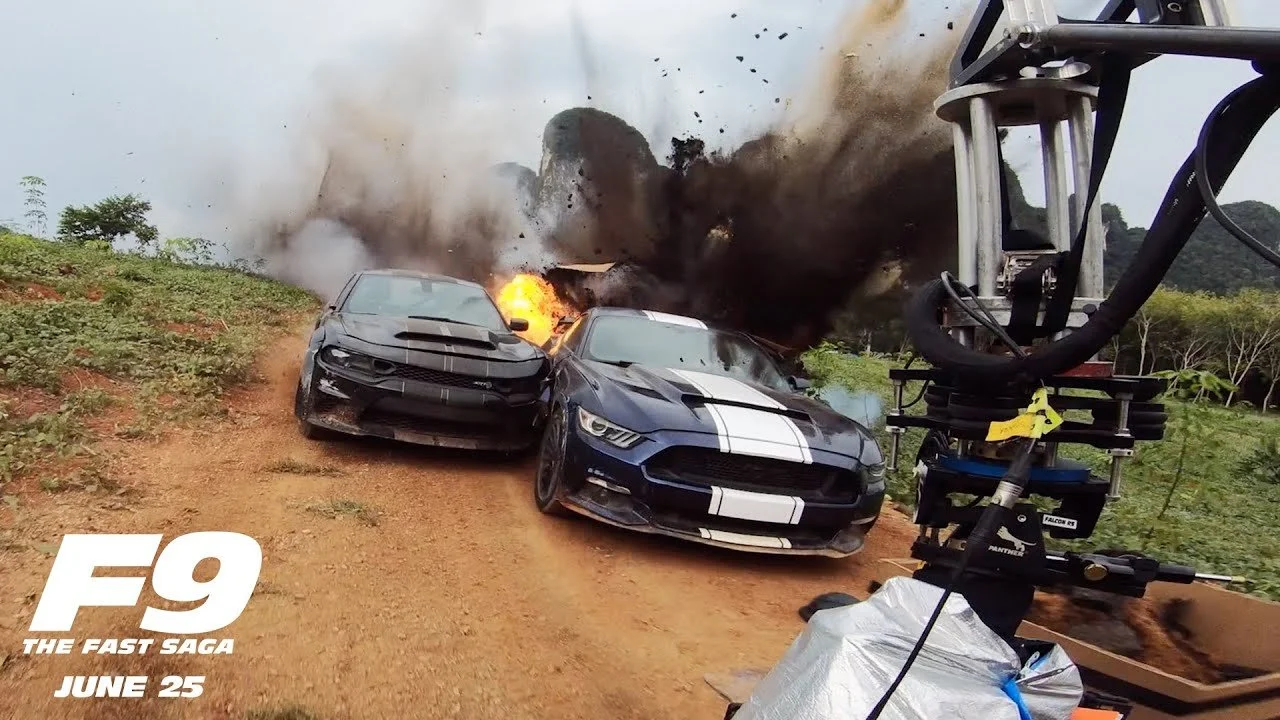Hollywood filmmaking through a UX lens
Fast 9 - 2nd Unit
Understanding the problem
A major chase scene is scheduled to be filmed in jungle sections of Thailand.
How can the 2nd Unit director see all of the cameras as the action is happening?
Defining the problem
The sequence requires multiple camera angles on each set up. The cameras are spread out, frequently change locations and platforms. Cameras would be on tripods, buried in the ground, handheld in cars, mounted on the outside of cars, on a motorcycle, a helicopter or on the side of a cliff. We needed a fluid system to bring the images to one location. The location needs to the meet the pace of production and the limits of technology.
As RF Technicians, a colleague and I provided wireless video links from the cameras to the the director.
Our primary users are the director, cinematographer and camera operators. Some cameras were mounted on remote operated heads. Those usually require a separate receive site to operate the cameras.
Secondary users are the other crew members who needed to see the images to review their work.
Challenges
Locations are in remote areas of Thailand
Weather
Terrain
Non native English speaking crew members
Inexperienced crew members
Fast pace due to tight schedule
Possible last minute changes to the story
Ideating
After surveying location maps, speaking to department heads and reviewing our own experiences, we developed a plan to move away from our normal camera carts and build a mobile village for the director, cinematographer, and support crew.
We would set up our video receivers, video monitors and a VTR (video playback) system in a van.
We would also keep critical gear in the mobile village to ensure it being close to set. The rest of our gear would go in a covered 4x4 truck to keep it accessible and safe from the weather.
Prototyping
During preproduction, we coordinated with multiple departments to build the mobile village (camera, grip, electric, transportation, VTR). We also tested a variety of configurations in the van and potential camera setups.
Testing
We had a brief rehearsal period to test that we could transmit the images from multiple camera types to the van. Using direction from user feedback, we changed monitor placement and a portion of the workflow. With new information about our upcoming work we adjusted some cable routing and gear locations.
Solution
The mobile village van was the right choice for this problem. The director was able to see the images live, set his shots, make adjustments and complete the shooting schedule on time.
We faced challenges that we were prepared for and others that we didn’t expect. In the unexpected moments we worked with the other departments to adapt to the situation and find a solution. The adjustments were that we temporarily removed pieces of gear, change the van’s location or had the van travel with the action.
Results
The action sequences are a major component to the success of the Fast & Furious franchise. As of this writing, Fast 9’s global box office is $726.2 million USD.
My contribution
As one of 2 RF Technicians I coordinated with members of my department (camera) and the other departments to set up wireless image links during filming. This included non native English speakers, so I had to instruct them how to use complex electronics in clear and simple language.
How does this relate to UX?
My goal was for the experience to be seamless for the director. The challenges of directing an action sequence is difficult enough - in a jungle in a foreign land it would be enormous. I felt that if we could alleviate the pain point of seeing all the cameras at once, he could focus on getting the shots he needed. We did our research, focused on the problem, came up with a solution, tested it, made adjustments based on user feedback and executed our solution.
The solution worked 95% of the time. When there was an issue, I would let the director know using straightforward language and provide solutions.
At the end of the shoot the director gave my colleague and I the greatest compliment: “It may not seem like I noticed, but I saw how hard you worked. Every time I sat in the van there was a picture. I never had to ask.”


